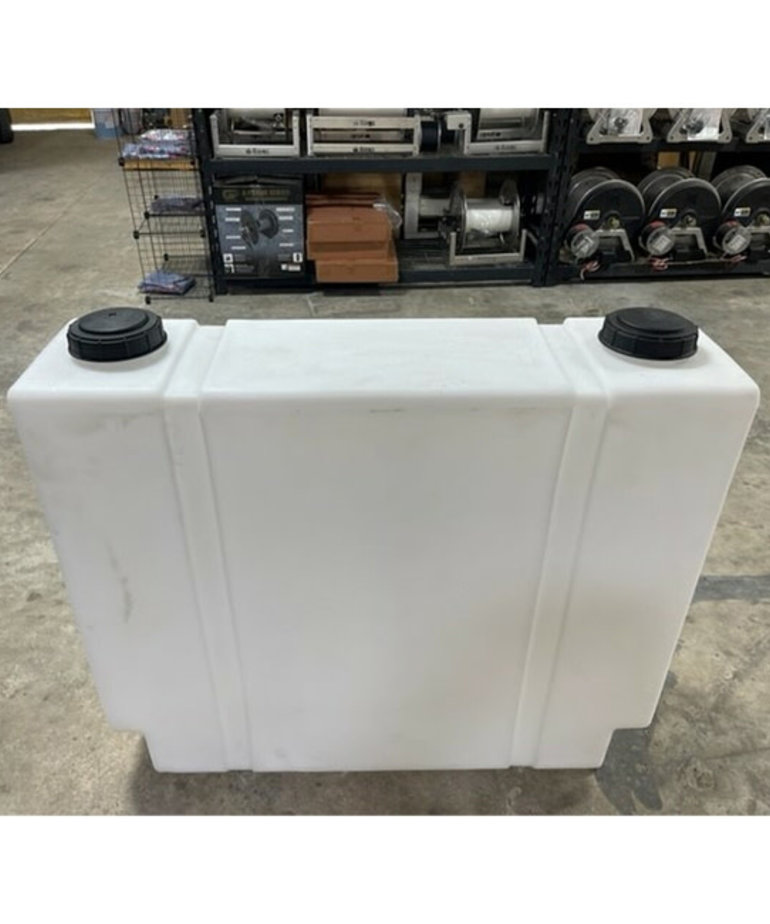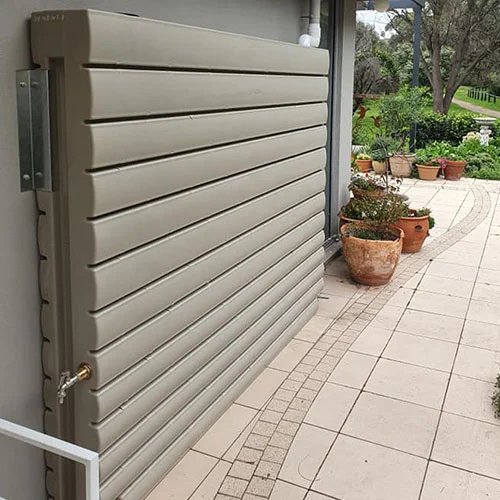Recognizing the Relevance of Rain Storage Tanks in Drought-Prone Regions for Water Security
In regions susceptible to long term dry spells, the duty of rain tanks in bolstering water security is a subject of growing value. As communities grapple with the obstacles of water shortage, understanding the significance of these containers goes beyond simple collection of rain. Rainwater tanks function as an important device in reducing the influence of water lacks by providing a lasting resource of water for numerous needs. Nevertheless, truth value of rainwater storage tanks expands much past plain storage space; it encompasses resilience-building actions and the promo of lasting water preservation methods. This diverse method to water protection warrants a better assessment of the function rain storage tanks play in ensuring a trustworthy water system during times of dry spell.
Benefits of Rain Containers
Making use of rainwater containers uses a sustainable solution for increasing water system and enhancing water protection in residential and industrial settings. Among the primary advantages of rain storage tanks is their capacity to minimize dependency on mains supply of water. By capturing and keeping rainwater that drops on roofs, this alternate resource can be utilized for numerous non-potable purposes such as irrigation, flushing toilets, and cleaning clothes. This not only saves cured alcohol consumption water yet also reduces water costs for individuals.

Rainwater Harvesting Techniques
Rainwater harvesting techniques encompass a range of methods designed to efficiently collect and save rain for numerous functions, adding to water conservation and sustainability. One common technique is the installation of roof catchment systems, where rain is gathered from the roofing of a building and directed to a tank. This approach is fairly easy and affordable. Another popular strategy is making use of above-ground or underground tank to keep rainwater for later usage. These storage tanks are available in various dimensions and products to fit different demands and can be linked to the existing plumbing system for very easy gain access to.

Additionally, rainfall gardens and permeable pavements are ingenious techniques that entail landscaping or paving surfaces in such a way that permits rainwater to percolate right into the ground, renewing groundwater books. Furthermore, contour farming and terracing are farming techniques that assist capture rain and avoid soil disintegration in uneven terrain. By applying these diverse rain harvesting techniques, communities can enhance water security and durability in drought-prone areas while promoting lasting water management methods.
Relevance of Water Safety
Making news sure dependable accessibility to clean and adequate water resources is paramount for sustaining human health, financial development, and ecological wellness. Water safety is a vital aspect of societal durability, especially in regions prone to dry spells and water shortage. Appropriate water safety includes different dimensions, including availability, quality, and accessibility of water for residential, farming, commercial, and environmental needs.
Water security plays an essential role in advertising public wellness by lowering the frequency of waterborne illness and guaranteeing sanitation centers. Financially, water safety and security is important for agricultural performance, industrial operations, and total financial growth. Slimline water tanks. In site here addition, water security is very closely linked to environmental sustainability, as it sustains environments, biodiversity, and overall eco-friendly equilibrium.
In drought-prone regions, water security ends up being much more crucial as a result of the increased threat of water shortages. Implementing methods like rainwater harvesting, water recycling, and effective water management methods can significantly improve water protection in these areas. By focusing on water security, neighborhoods can much better withstand the impacts of climate modification, populace growth, and other obstacles that threaten water accessibility.
Enhancing Water Strength
With increasing worldwide water obstacles, constructing resilience in water systems has become a vital emphasis for sustainable advancement initiatives. Enhancing water strength entails implementing techniques to make sure water schedule and quality in the face of altering environmental problems, such as dry spells, floodings, and pollution.
One key aspect of enhancing water durability is promoting the usage of rain containers in drought-prone areas - Slimline water tanks. Rain containers act as a reliable ways of capturing and saving rain for later usage, reducing reliance on limited freshwater resources throughout completely dry durations. By including rain harvesting systems right into water administration strategies, neighborhoods can boost their capacity to hold up against water deficiency and keep water protection

Sustainable Water Preservation
Amidst intensifying water obstacles, the prudent management of water resources with lasting preservation practices is crucial for making certain long-term environmental stability and societal wellness. Sustainable water conservation involves the effective usage of water sources to fulfill existing needs without compromising the ability of future generations to meet their own demands. By carrying out methods such as rain harvesting, greywater recycling, and water-efficient modern technologies, communities can reduce water wastage and reduce pressure on freshwater sources.
Additionally, sustainable water conservation practices add to ecosystem health by keeping adequate water degrees in rivers, lakes, and marshes, sustaining biodiversity, and protecting all-natural environments. These methods likewise play an important function in alleviating the effects of climate change by aiding to adjust to altering find precipitation patterns and water availability.

Verdict
To conclude, rain containers play an essential function in boosting water safety and security and strength in drought-prone regions. By making use of rainwater harvesting strategies, communities can decrease their reliance on standard water resources and advertise sustainable water conservation methods. This not just aids minimize the impacts of water scarcity during droughts however additionally contributes to long-lasting water safety and strength despite environment change challenges.